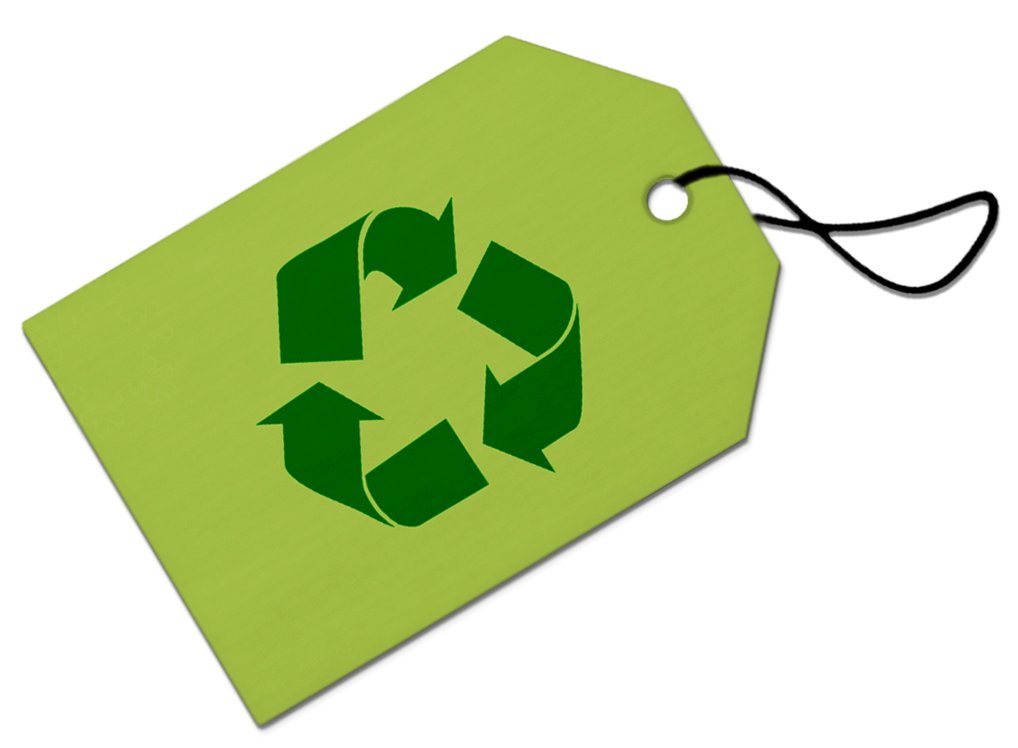It takes planning, research, skill and collaboration to produce marketing content at a consistent and sustainable frequency, while still remaining relevant and engaging. One way to boost the efficiency of content development production is to reuse the content you’ve already developed. But many marketers do not take advantage of this opportunity. According to a survey by Curata, only a third of leading marketers said that they have a system or process in place to reuse or repurpose content. Yet this is an essential strategy that enables marketers to share their vital expertise across multiple platforms and through multiple mediums that reach their target audiences. Remember, the more reusable your content is, the more likely it is to become a strategic asset. And strategic assets produce value. To accomplish the goal of content recycling, keep the three Rs in mind: re-examine, re-imagine and re-purpose.
Re-examine

A consistent content audit is the first and vital step to the strategic reuse of your content. A content audit involves a thorough review of every piece of content your company has produced and an assessment of its strengths and weaknesses. It helps marketers focus future efforts and provides insights into changes that will improve lead generation, sales and overall marketing strategy. When done well, a comprehensive audit will help marketers identify which topics, themes and messages resonate the most with prospects and customers. From there, marketers can determine which content needs to be updated or expanded on and which content should be retired.
Re-imagine

In social media, it is common practice to “throwback” or reshare old content, especially when producers have a large backlog. Since followers change over the years, resharing can expose your old content to new audiences, boost metrics, benefit new readers and reach potential leads. Evergreen content that remains relevant in the long term is the easiest to simply reshare.
Beyond social media, the concept of resharing isn’t common. In order to remain relevant, start by reimagining instead of simply restating content. Look for new twists, new stories, new analogies, new headlines. Identify the key takeaways of content that have been successful and consider how the elements can be expanded upon, zoomed in on or restructured.
By reimagining content, marketers can use and extend the lifespan of that content. The value can increase tenfold.
Re-purpose

The goal of re-purposing is to encourage different audiences to access your thought leadership based on the platforms that work best for them. Find new ways to share your message across multiple channels. “You need content for multiple channels in order to reach larger audiences,” states Jeilan Devanesan from Venngage. “You want to maximize the mileage you get from existing content. Reach as many people as you can, establish yourself as an authority on a topic, and create resources your target audience can refer to.” Here are some ideas for repurposing content for new outreach:
- Turn lists into multiple blog posts.
- Turn blog posts of related material into a white paper or e-book.
- Develop an article for magazines and journals that reach your target market.
- Design an infographic for visual content.
- Create a podcast or video series.
- Take interview highlights and develop and list of takeaways.
- Host a webinar, panel discussion or educational course.
- Repurpose content for sales enablement.
- Divide content into a drip-email campaign.
- Condense content for newsletters.
Stay Fresh and Relevant With Content Recycling

Too often, companies create content and then never revisit it again. Whether it is a blog post, white paper or product brochure, marketing content can quickly become outdated, stale or irrelevant. To stay fresh, revisit your content at least once per year. Make content recycling a strategic initiative by ensuring materials remain fresh and compelling. In this way, marketers reinforce their brand and produce continual thought leadership that puts them at the forefront of their industries.

